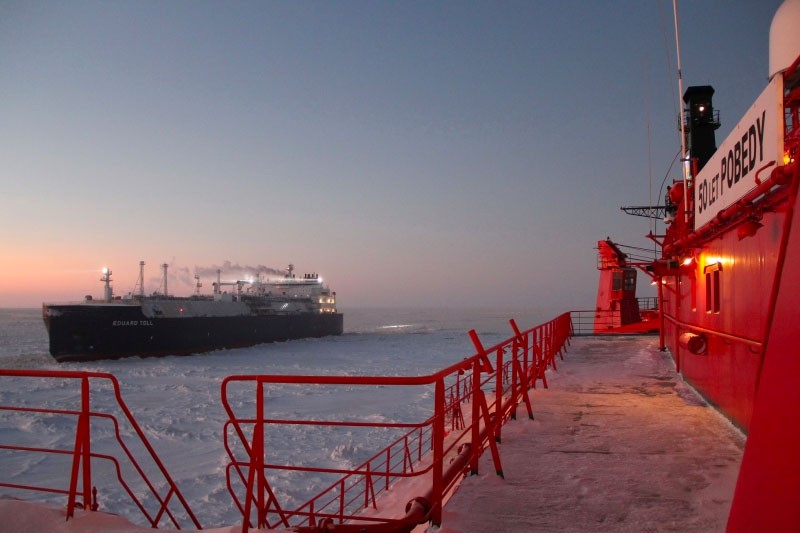In a year of crisis, shipping on Russia’s Northern Sea Route continues to grow
Despite a global pandemic, shipments were on pace to eclipse 2019 levels.

In the first 10 months of 2020, a total of 26.37 million tons of goods were shipped on Russia’s Northern Sea Route. That is an increase of 2.9 percent compared with the same period in 2019, according to the Federal Agency for Maritime and River Transport.
According to the state agency, transit shipping now has the strongest growth. A total of 1.28 million tons of goods were shipped between the Asian and European sides of the Arctic corridor during that period. That is an increase of 83 percent compared with 2019.
The updated shipping data come as sea-ice gradually again starts to cover the remote northern waters and vessels move out.
On November 10, there were only four ships sailing in waters between the Yamal Peninsula and the Bering Strait.
But just few weeks ago, there were a significant number of vessels sailing on the remote route.
According to figures from the Northern Sea Route Administration, a total of 974 commercial ships have in 2020 been granted permission to sail in the area, an increase of 26.5 percent from 2019. Of them, 156 were carrying foreign flags, the agency said.
A lion’s share of Russia’s Arctic shipments is liquefied natural gas being transported from the Yamal LNG plant in Sabetta. There are also major volumes of goods transported to new industrial projects in the region, including the Arctic LNG 2 in Gydan.
It is expected that shipping volumes on the Northern Sea Route this year will exceed the 31.5 million tons shipped in 2019.
However, it remains a long way from the 80 million ton target requested by President Vladimir Putin in his May Decrees from 2018. Federal officials have for more than two years been grappling with how to reach the super-ambitious target by year 2024.
The federal Ministry of the Far East and the Arctic appears confident that it will be able to prepare for the increase. But state nuclear power company Rosatom believes the target can not be met before 2025.
According to the country’s newly adopted Arctic Strategy, shipments on the NSR will reach 90 million tons by the year 2030 and 130 million by year 2035.
Interestingly, the strategy does not include any forecast for the year 2024.
The Northern Sea Route includes the area between Novaya Zemlya and the Bering Strait.